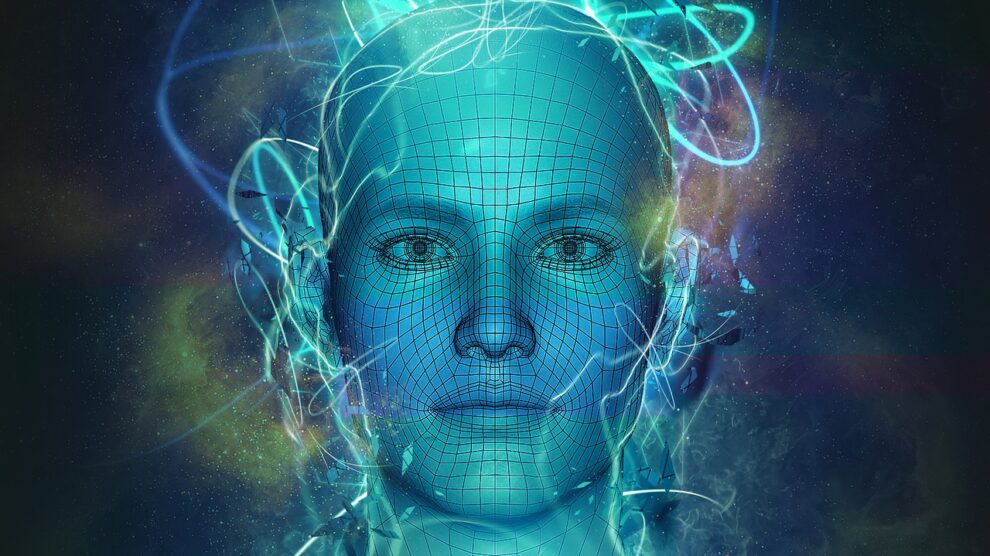Perhaps one of the best qualities of science fiction is that it allows us to move from our mundane world into a surprisingly new reality, where everything is possible. In addition to the gift of pure visual delight, fiction often makes us dream about what we could achieve, if the future brought science fiction into real life. Therefore, today we will talk about technologies that once were only part of sci-fi but have already burst into our real world.
Did the creators of The Sting ever think that in 50 years, we would carry a poker table in our pockets and play Norsk casino on the couch? How is the development of biotechnology described in sci-fi? How does science fiction influence technology? Let’s find all the answers together!
Genetic Engineering
English writer Aldous Huxley, in his novel Brave New World, predicted the rise of genetic engineering. In 1932, when scientists had not yet thought about such a development in medicine, Huxley published a book about the distant future. In the book, babies were no longer born naturally but were raised in laboratories, according to a “design” worked out by scientists.
Similar technologies have become relevant in our present. Scientists are looking towards genetic engineering for the development of individual human features. According to the hypotheses of Mexican professor Juan Enriquez, such science fiction technology will become commonplace. Genetic engineering will be used to treat diseases early in embryo development.
In 2018, Chinese scientist He Jiankui conducted the first illegal experiment to fix the genome of embryonic DNA. As a result, three children were born with HIV immunity. Scientists say that in the future, with such technologies, it will be possible to pre-determine the appearance of children.
The writer also predicted genetic engineering would stop aging. Already, successful experiments are being carried out on animals which have shown that with the help of such technologies, it is possible to slow down aging.
Bionic Implants
In the 1972 novel Cyborg, American writer Martin Caidin predicted the appearance of bionic prosthetics. The book tells the story of a man with damaged or amputated body parts that are replaced with mechanical devices able to work like normal body parts.
The first bionic arm appeared in 1993 and was moved by sensors connected to the brain. This science-fiction technology in real life has been available since 2007. At this time, implants can imitate the fine motor skills of fingers and now new implants can adapt to a person’s movements and remember gestures.
Communication is Everywhere
Reading science fiction, we don’t see telecommunications as a problem. The fact that a message covers thousands of kilometers in seconds is taken for granted.
Soon, communication on the planet will become whole, thanks to Elon Musk and Richard Branson. Their projects involve deploying large-scale satellite constellations in low orbit which will provide access to a network anywhere in the world.
By the way, orbital satellite constellations were predicted back in 1945 by Arthur Clarke. In terms of sci-fi predictions that came true, he can be considered one of the most successful masters of science fiction.
Unmanned Vehicles
American David Keller’s short story “The Living Machine” first mentioned the capabilities of self-driving cars. Many science fiction writers picked up the idea of self-driving transport.
Nowadays, crewless vehicles are not included in the category of fantastic things. Auto steering is available on many planes, trains, and some cars. Technology giants are actively developing unmanned technologies. In the USA, self-driving cars already deliver food and Coronavirus tests.
Solar Energy
In 1911, the American inventor Hugo Gernsback published the technology science fiction “Ralph 124C 41+”. Gernsback predicted television, sound films, tape recorders, cross-country air travel and space flight. The book also mentions the practical use of solar energy.
The story begins in 2660, but modern science has overtaken the writer’s ideas about the future. The first solar-powered device appeared in 1978, 67 years after Hugo Gernsback’s prediction. Scientists foretell that by the mid-2020s, most energy sources will become renewable. By 2030, about 80% of the world’s energy will become solar-powered.
Conclusion
There was a time when the famous Science Fiction/Double Feature song was full of fantastic and extraordinary things. And now, science fiction continues to talk about new technologies and distant planets. In the meantime, forecasts for a nearer future are already changing our present. Today foresight research is no longer the sphere of government scientific institutions’ interest. It is becoming an integral part of business.
What do you think about the impact of science fiction on modern technology? What imagined technology would you like to see in the future?





